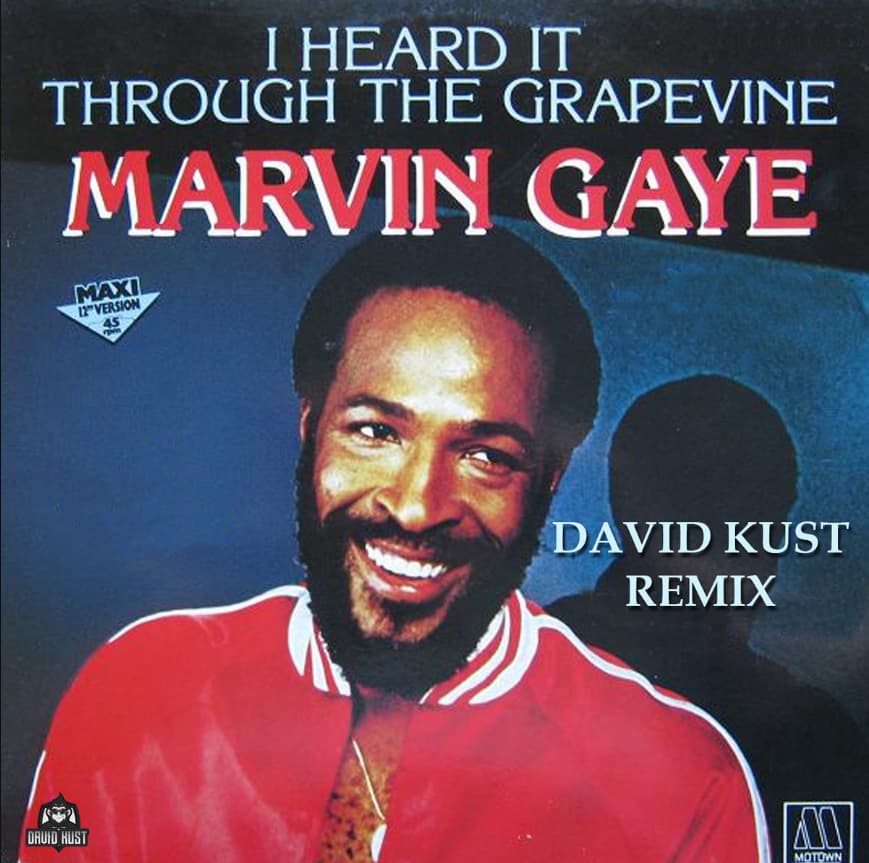
Whispers of Betrayal and Heartache: A Deep Dive into Marvin Gaye’s “I Heard It Through the Grapevine”
Marvin Gaye’s rendition of “I Heard It Through the Grapevine” is more than just a song; it’s a cultural touchstone, a testament to the power of soul music to capture the complexities of human relationships. Released in 1968 on the album “In the Groove”, it quickly ascended the charts, becoming one of Motown’s biggest hits and solidifying Gaye’s status as a musical icon. This wasn’t the first version of the song, mind you. It was originally written by Norman Whitfield and Barrett Strong in 1966, and first recorded by Smokey Robinson & the Miracles. Gladys Knight & the Pips also had a hit with it in 1967. But it was Gaye’s version that truly captured the public’s imagination. His soulful delivery, combined with the song’s haunting melody, created a masterpiece that continues to resonate with listeners across generations. It topped the Billboard Pop Singles chart for seven weeks, from December 14, 1968, to January 25, 1969, a remarkable feat that speaks to its enduring appeal.
The song tells a story of heartbreak and betrayal, of learning about a lover’s infidelity not from their own lips, but through the “grapevine”—rumors and whispers spreading through the community. This theme of indirect communication and the pain of discovering a painful truth through gossip is something that many can relate to, regardless of age or background. It taps into a universal human experience of vulnerability and the fear of being deceived. Think back to a time when news, especially personal news, traveled by word of mouth, before the instant connectivity of the internet. The “grapevine” was a powerful force, a network of social connections that could spread information, both true and false, with surprising speed. This context adds another layer of meaning to the song, evoking a sense of a close-knit community where secrets are hard to keep.
Gaye’s interpretation brings a particular depth and emotional intensity to the song. His vocals are raw and vulnerable, conveying the pain and confusion of the narrator. You can almost feel the weight of each word, the sense of disbelief and hurt as the reality of the situation sinks in. The instrumentation, with its driving beat and haunting harmonies, further enhances the song’s emotional impact. It creates a sense of tension and unease, mirroring the narrator’s inner turmoil. The production, typical of the Motown sound, is polished yet soulful, creating a perfect backdrop for Gaye’s powerful vocals.
Beyond its emotional impact, “I Heard It Through the Grapevine” is also significant for its role in shaping the sound of soul music. It marked a shift towards a more mature and introspective style, paving the way for Gaye’s later concept albums like “What’s Going On”. This evolution reflected a broader trend in music, as artists began to explore more complex themes and express more personal and political messages.
For those of us who remember the late 60s, this song is more than just music; it’s a memory, a soundtrack to a specific time and place. It evokes images of smoky clubs, dance floors filled with swaying bodies, and the shared experience of listening to music on the radio. It reminds us of a time when music had the power to unite people, to express shared emotions and experiences. It’s a song that has stayed with us, a testament to the power of great music to transcend time and connect us to our past. It’s a song that speaks to the heart, reminding us of the enduring power of love, loss, and the bittersweet memories that shape our lives. The song’s enduring popularity is a testament to its timeless quality, its ability to connect with listeners on a deeply emotional level. It’s a song that will continue to be enjoyed and appreciated for generations to come, a true classic in every sense of the word.